Lal Qila (Red Fort), Punjab, Delhi, India (1639)**
Artist/Designer:
Project Location: Delhi, India
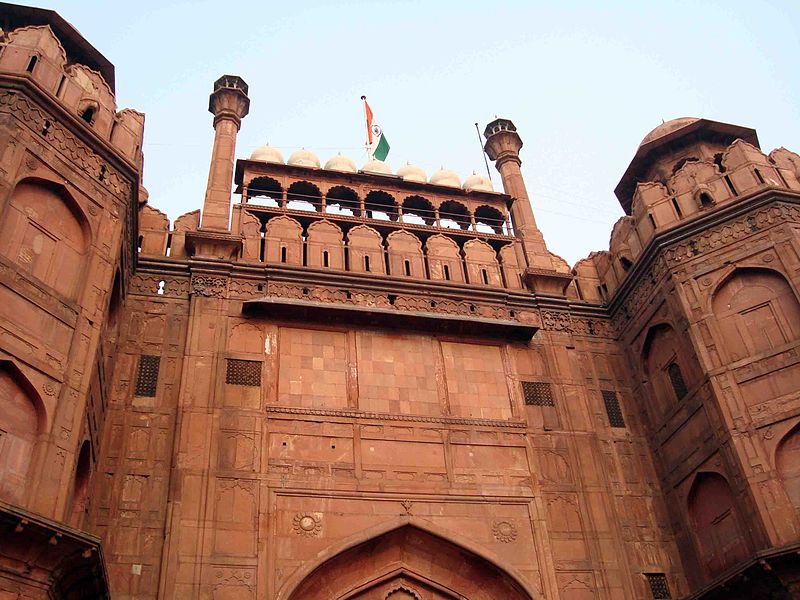

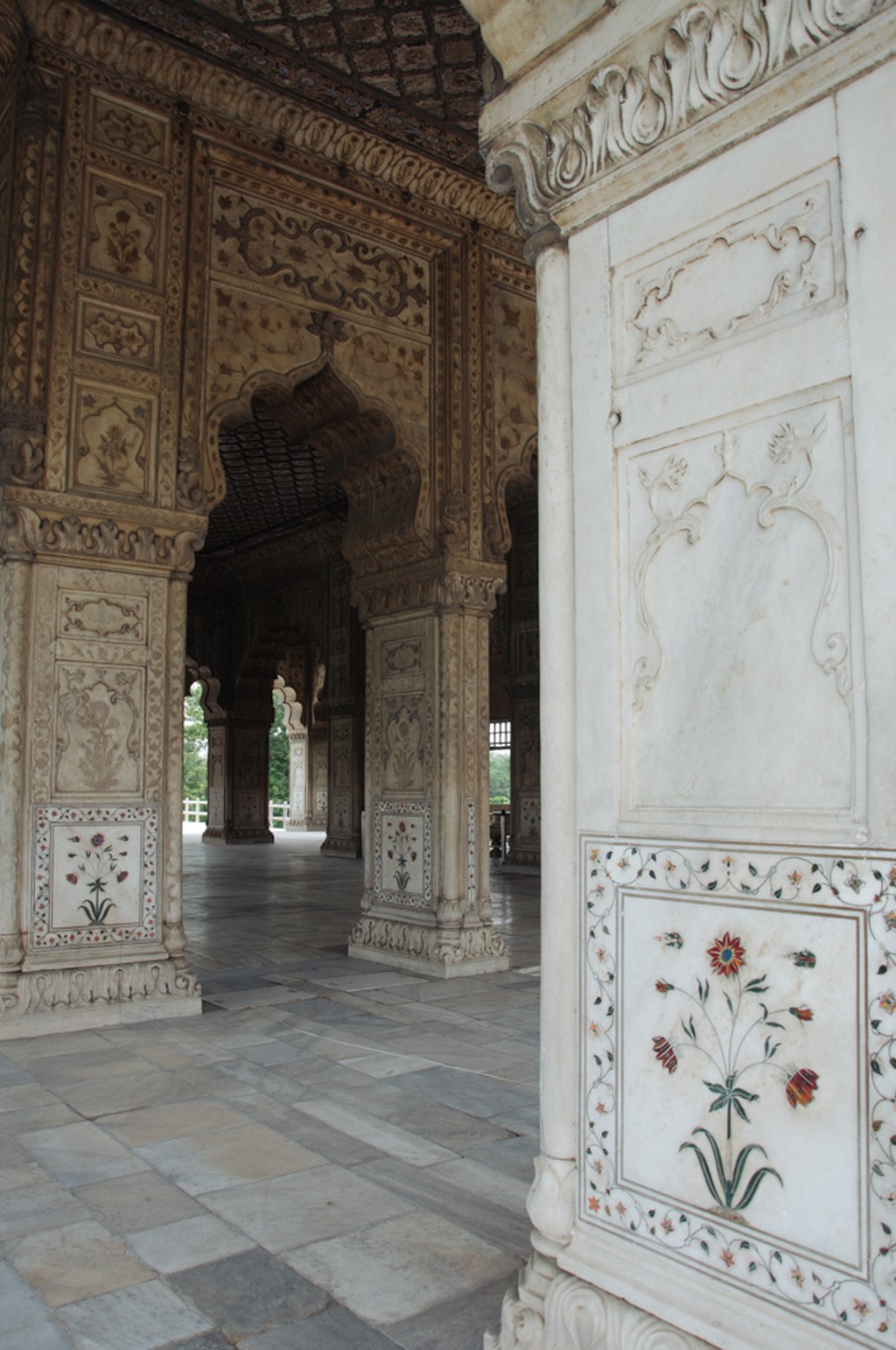
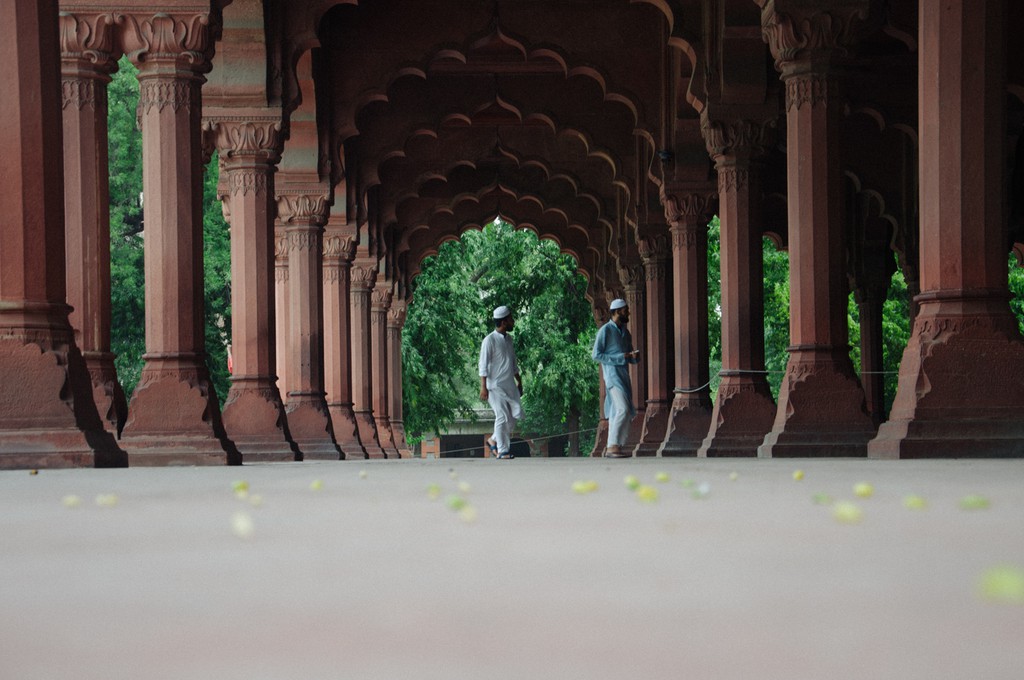
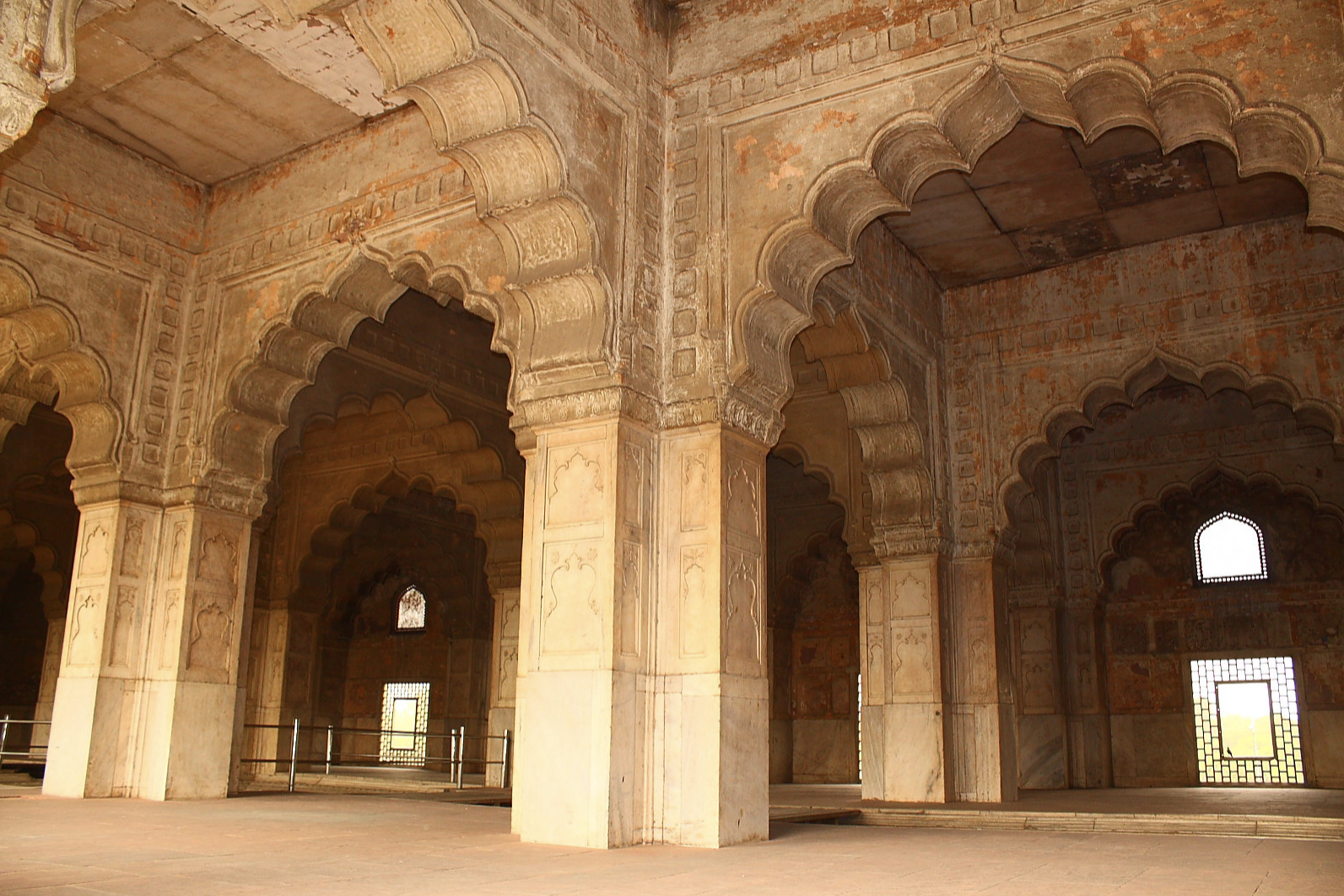
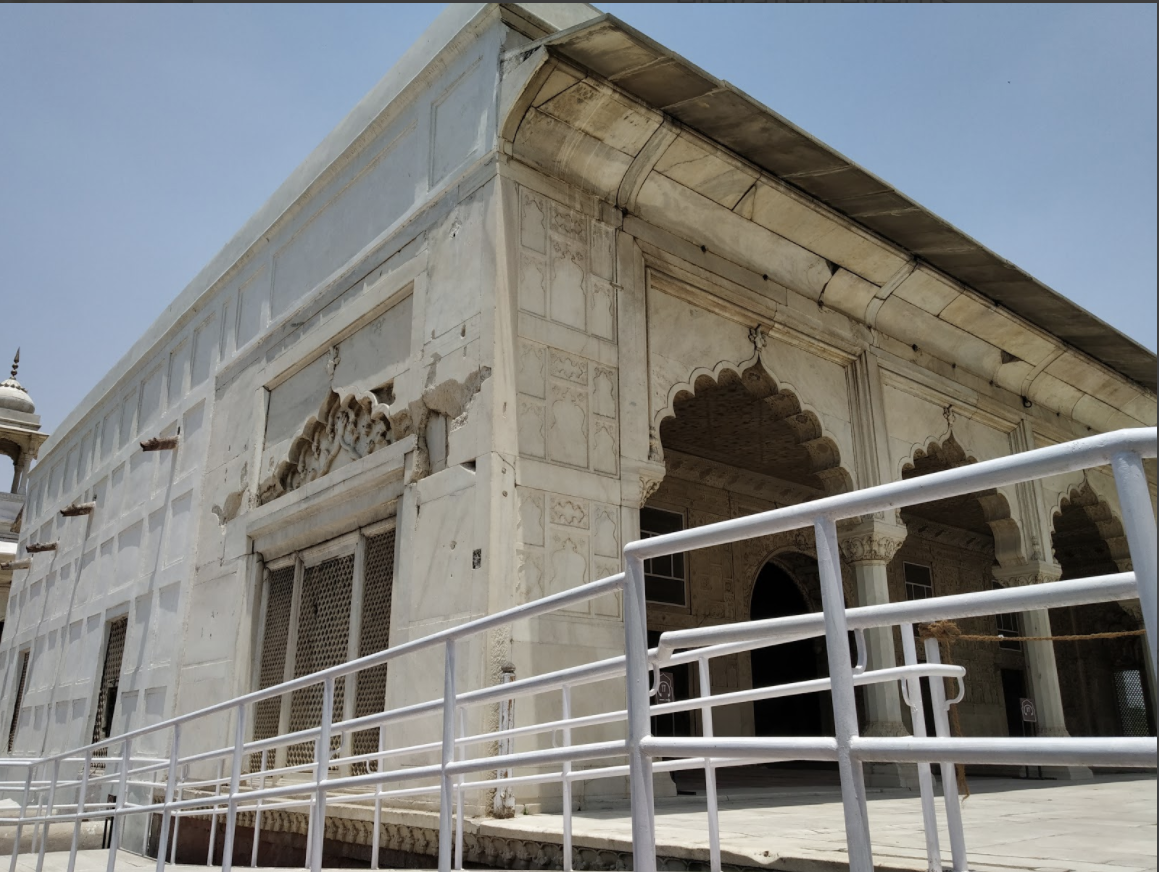
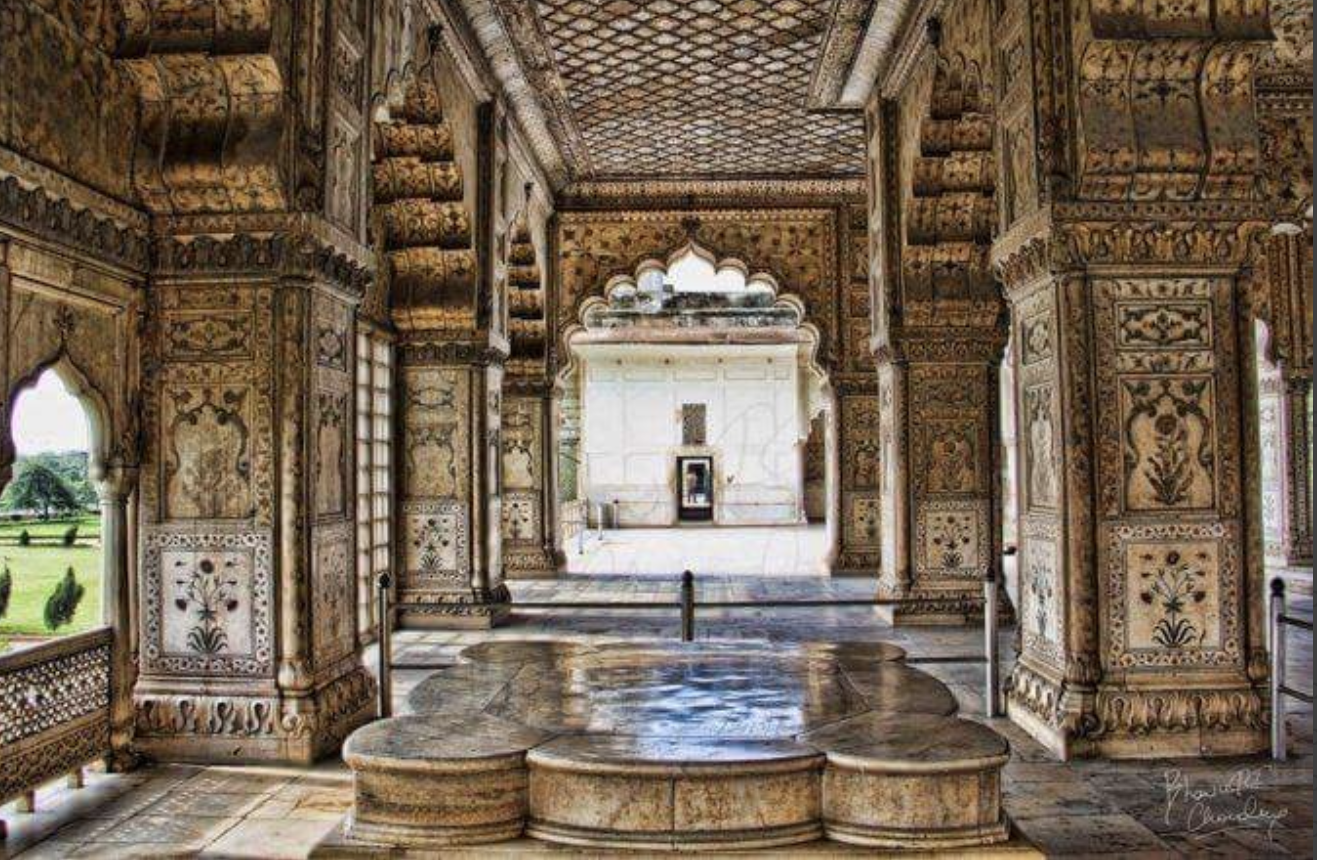
Style/Period(s):
No Style/Period Assigned.
Primary Material(s):
Stone
Function(s):
Garden, Religious Building, Exhibition, Residential Structure, Concert Hall
Related Website(s):
Significant Date(s):
16th Century, 1546, 1639
Additional Information:
Publications/Texts in Print:
Anwar, Ajaz. "Lahore and Delhi Two Sides of a Mirror." India International Centre Quarterly 24, no. 2/3 (1997): 274-83.
Hall, Ian. Modi and the Reinvention of Indian Foreign Policy. Bristol: Bristol University Press, 2019.
Hall, Ian. "World Guru India." In Modi and the Reinvention of Indian Foreign Policy, 81-104. Bristol: Bristol University Press, 2019.
Hussain, Arshad. "Indian Mathematicians of the 18th Century and Their Works: Summary." Proceedings of the Indian History Congress 52 (1991): 498-99.
Koch, Ebba. "The Lost Colonnade of Shah Jahan's Bath in the Red Fort of Agra." The Burlington Magazine 124, no. 951 (1982): 331-39.
Lal, Krishan. "LIFE IN THE RED FORT 1851-1853." Proceedings of the Indian History Congress 21 (1958): 480-87.
Rezavi, Syed Ali Nadeem. "BUILDERS OF THE TAJ: EVIDENCE OF THE STONE-CUTTER'S MARKS." Proceedings of the Indian History Congress 73 (2012): 408-15.
Rezavi, Syed Ali Nadeem. "Sectional President's Address: MUGHAL ARCHITECTURE." Proceedings of the Indian History Congress 75 (2014): 206-23.
Shorto, Sylvia. British Houses in Late Mughal Delhi. Woodbridge, Suffolk, UK; Rochester, NY, USA: Boydell & Brewer, 2018.
Building Address: Netaji Subhash Marg, Lal Qila, Chandni Chowk, New Delhi, Delhi 110006, India
Significant Dates: Construction began 1639, Construction completed 1648, Jahandar Shah took over the Red Fort 1712, Muhammad Shah, known as 'Rangila' took over the Red Fort 1719, The Red Fort plundered by Persian emperor Nadir Shah in 1739, Marathas removed and melted the silver ceiling of the Diwan-i-Khas 1760, Lord Curzon, Viceroy of India from 1899 to 1905, ordered repairs to the fort including reconstruction of the walls and the restoration of the gardens complete with a watering system 1899, King George V and Queen Mary visited the Red Fort 1911, 15 August 1947, the first prime minister of India, Jawaharlal Nehru raised the Indian national flag above the Lahore Gate, 22 December 2003, The Red Fort was given to the Archaeological Survey of India, Designated a UNESCO World Heritage Site 2007
Supporting Staff/ Designers: Architect Ustad Ahmad Lahori
Tags: India, Lal Qila (Red Fort), Punjab, Delhi, History and Interiors, Vernacular, 16th Century, 1546, 1639, 17th Century, Stone, Garden, Religious Building, Exhibition, Residential Structure, Concert Hall, Jahandar Shah, Muhammad Shah, Rangila, Silver Ceiling, Diwan-i-Khas, Jawaharlal Nehru, UNESCO World Heritage Site, 2007, Ustad Ahmad Lahori
This structure was known as Lal Qila, which translated means Red Fort. It was constructed from red sandstone this is why it was named so. It was built in 1546 AD, by an the emperor Shah Jahan, who also constructed the iconic Taj Mahal. The architecture of the place is reminiscent of the culture that brought the Mughals to India. It involves a fusion of Persia, Timurid and Hindu traditions. The red fort itself has many smaller parts such as the Rang Mahal ( painted palace ) , Mumtaz Mahal ( jewel palace ) which has now been converted into a museum, The Khas Mahal ( private house with a chamber ) and the Hammam ( ornately decorated bathing area ). The red fort is today managed by the Archeological Survey of India. It was also declared a UNESCO world heritage site in 2007.
Viewers should treat all images as copyrighted and refer to each image's links for copyright information.